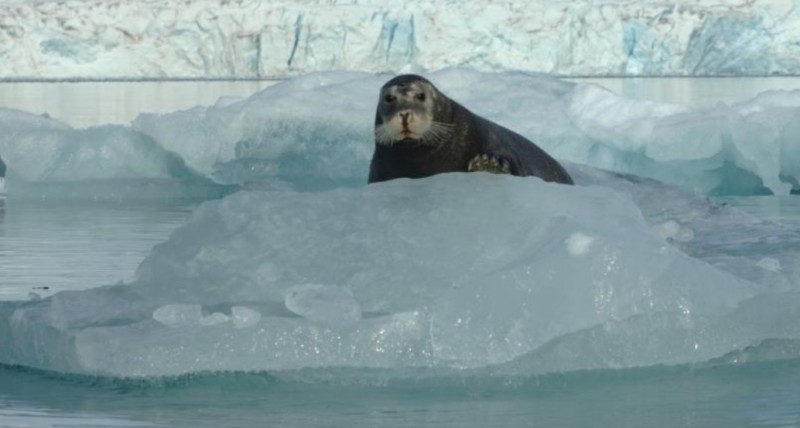And what if certain sounds could help save the coral reefs? According to a study published this Wednesday, recordings of healthy reefs could contribute to the efforts to restore coral ecosystems damaged by climate change and human activity.
A « vital tool » in restoration efforts
As the Australian Great Barrier Reef experiences a seventh episode of « massive bleaching » and several coral reefs in the northern hemisphere have already suffered dramatic losses last year in Florida and the Caribbean due to record ocean temperatures recorded in recent months, scientists are seeking every possible means to stop the carnage. Researchers from the Woods Hole Oceanographic Institution state in the Royal Society Open Science journal that one method to help reefs rebuild could be sound.
After broadcasting audio recordings of healthy reefs, a kind of underwater symphony composed of « fish songs » and other « shrimp claw snaps, » they found that it encouraged coral larvae to settle on the seabed of a degraded reef, offering them a chance to regenerate. « The local sound environment is very important for these corals » in their early life stage when they are seeking a permanent home to grow, explained Nadège Aoki, lead author of the study, who sees the broadcast of these sounds as a « vital tool » in restoration efforts.
« Pops » and purring
After listening to the coral reefs of the U.S. Virgin Islands for over ten years, researchers realized that specific sounds distinguished living and healthy habitats from those that have been damaged by bleaching, diseases, or human damage (pollution, fishing destruction, or overtourism). « A healthy coral reef generally has many low-frequency sounds, such as croaking, purring, and grunting produced by fish, over a nearly constant background of cracking and ‘pops’ produced by shrimp, » explains Nadège Aoki. Conversely, a degraded reef, with fewer species, « will be much quieter. »
To conduct their study, the team of scientists collected specimens of a resilient coral species known as « mustard hill » coral, due to its lumpy shape and yellow hue, which they distributed across three reefs in the U.S. Virgin Islands – one healthy and the other two more degraded. The researchers then installed underwater speakers to broadcast their catalog of sounds from healthy reefs in one of the degraded reefs and found that coral larvae in that location settled at rates on average 1.7 times higher than in the other two reefs, where no sound was broadcast.
90% of corals threatened
There is still much to learn about how corals react to sound, acknowledges Nadège Aoki, particularly to understand if different species behave the same way and how they are capable of « hearing. » Nevertheless, this discovery suggests that sound could be integrated into restoration efforts, although it must be monitored and protected, as settling in a reef is just one step in a coral’s life.
Coral reefs harbor approximately a quarter of marine life, and millions of people depend on them for food and income. Up to 90% of them could disappear if global warming reaches 1.5°C above pre-industrial levels.




